Renault Kaptur review, test drive
Renault’s made-for-Russia Kaptur is India bound, and it could just be the SUV you are looking for. We spend a couple of days with it.
Published on Nov 22, 2016 06:00:00 AM
56,307 Views
Follow us on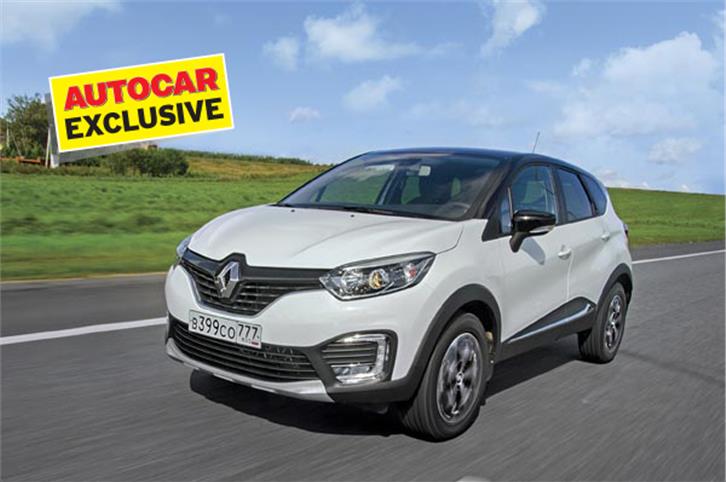
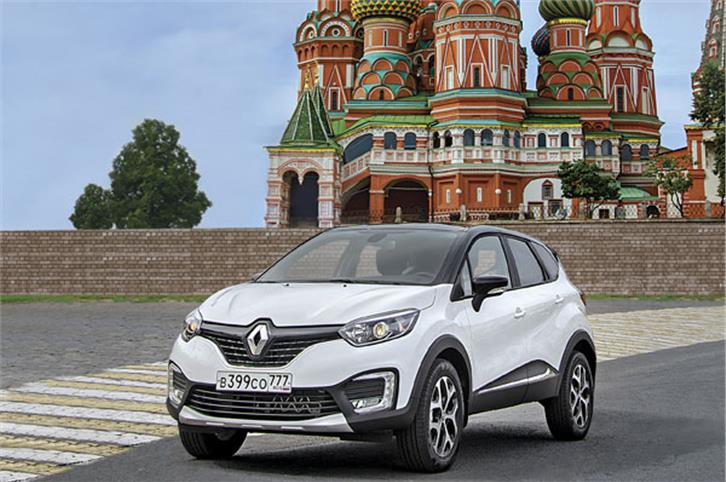
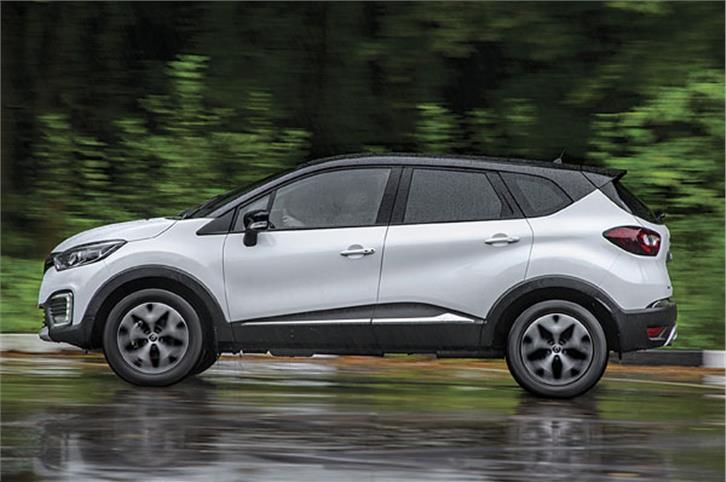
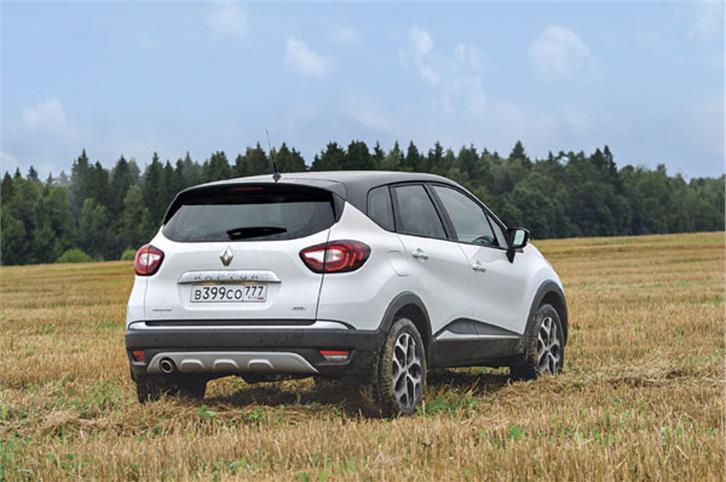
It’s no Parisian dandy under the skin, though. More wild man of Russia than bon vivant, the Kaptur has been over-engineered to take on the roughest of terrains, the coldest of winters and years and years of abuse. Under the skin is a highly evolved and updated version of the B-Zero platform, similar to the one that underpins the Duster. And Renault engineers from Russia have taken the opportunity to toughen up this made-for-Russia SUV even further. The chassis has loads of extra underbody gravel protection, with tough metal protection for fuel and power lines. The front axle has been reinforced to deal with hard, heavy loads, the springs are more robust in both construction and the manner in which they are mounted, and even the doors have extra rubber seals to keep dust and other elements out. All Kapturs also get a more powerful alternator, extra battery capacity and something you’ll get to use in India only if you drive across some Himalayan passes – that ability to start at -30deg C, first crank. Don’t know about you, but I’d love to have all that extra ruggedness built in.
Upsize and Upgrade
While the two cars share the same platform, the insides of the Kaptur are a departure from the Duster’s. Stepping into the cabin for the first time on a soaking wet day in Moscow, I’m initially struck by just how modern and sophisticated it feels. The wrap around the dash is nicely curved and devoid of extraneous details, and Renault designers have used self-contained pods that house the vents, instrument panel and centre console. What I also notice straight up is that quality levels, in general, are way above those of the Duster, so the cabin feels like a clean break from the past. What spoils this feeling of freshness somewhat, however, is that there are one too many legacy parts in here. Bits like the vents, steering wheel, touchscreen, air-con controls and four-wheel-drive selector are clearly carried over from the Duster, and the quality of some plastic parts in the lower part of the dash aren’t what you’d expect on a car in this class.
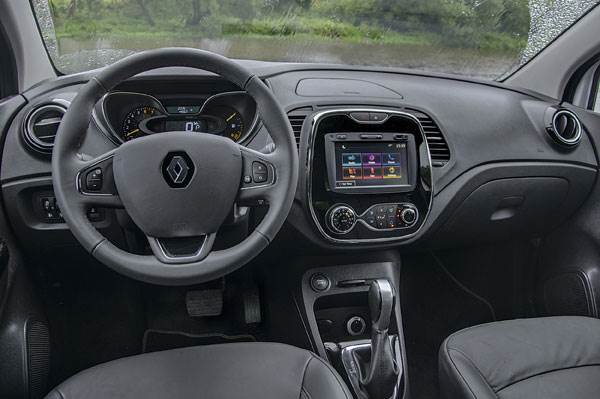
The view out over the low dash is excellent though, the driving position is first-rate and what’s nice is that there’s loads more width in the cabin than you’d expect. I’m also particularly happy with the driver’s seat, which is large and supportive. The base is nice and wide, the bolsters on the backrest don’t intrude on shoulder space and adjusting the seat is pretty easy too.
This feeling of greater space you get up front is further enhanced by the amount of space you have in the rear. This is due in part to the wider track and the greater overall length over the Duster. The height of the back seat is near-perfect, there’s a good amount of support for the thighs, the backrest is ideally angled and there’s more than sufficient legroom. You can also seat three abreast in greater comfort due to the extra width, and all three passengers get a proper three-point seatbelt each, the centre one popping out from the roof. There’s no elbow rest in the rear, however, at least on this version, and the rear isn’t as airy as the front. This is because the headrests up front are slightly oversized and the rising window line blots out some of the light too.
But while comfort on the Kaptur is much better than on the Duster, the boot isn’t as large. Yes, Renault has added cladding to the insides and made it more streamlined, making it easier to slide big bags in, but at 387 litres, it doesn’t have the capacity of the Duster’s, which holds 475 litres. Luckily, the rear seats split and fold, so there’s plenty of flexibility.
Copyright (c) Autocar India. All rights reserved.


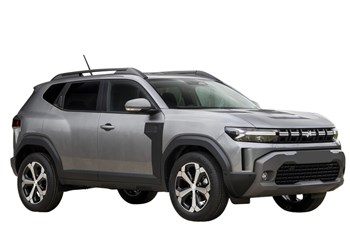


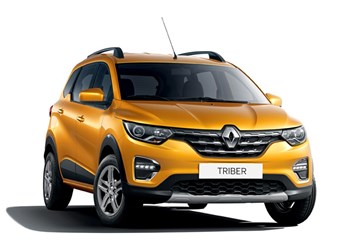
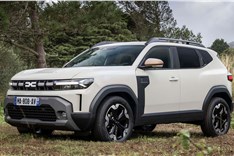



Comments
Member Login
Personal Details
No comments yet. Be the first to comment.